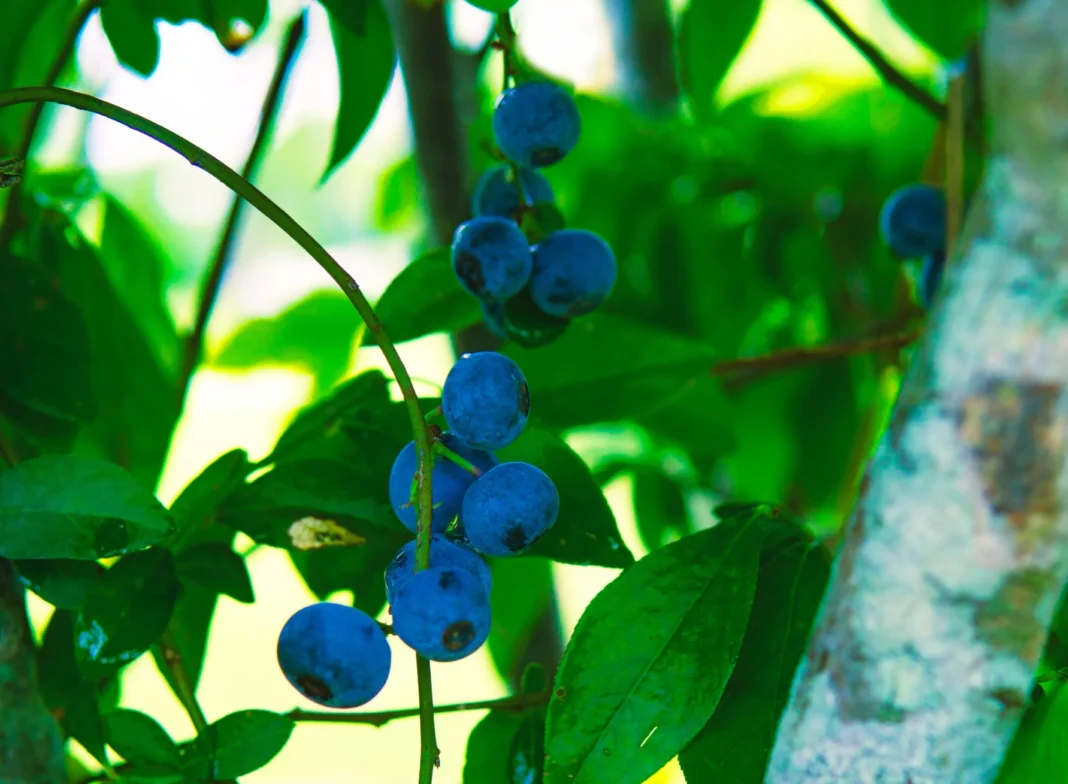When it comes to buying fruits and vegetables, many people wonder about the difference between organic and conventional produce. What’s healthier, what’s safer, and does it make a real difference in terms of taste and nutrients? For many, it’s a big question, as organic produce often costs more, yet claims to bring extra benefits. In this article, we’ll explore what makes organic produce different from conventional, covering everything from health benefits to environmental impact, and how it affects quality, price, and nutrition.
What is Organic Produce?
Organic produce is grown using natural methods. This means farmers avoid synthetic pesticides, herbicides, and fertilizers. Organic farmers aim to use natural materials, like compost and manure, to promote healthy plant growth. Organic produce is also non-GMO, meaning it doesn’t contain genetically modified organisms.
Benefits of Organic Produce
- Fewer Chemicals: Organic farming limits the use of synthetic chemicals.
- Non-GMO: All organic produce is guaranteed to be free from genetically modified ingredients.
- Better for Soil Health: Organic farming uses methods like crop rotation and composting, which help keep the soil healthy.
Certification of Organic Produce
Organic produce in the U.S. and many other countries must be certified to ensure it meets organic standards. In the United States, the USDA (United States Department of Agriculture) certifies organic produce, while other countries have their own standards and certification organizations.
What is Conventional Produce?
Conventional produce is grown using standard agricultural practices that can include synthetic fertilizers, pesticides, and herbicides to protect plants and boost yields. These methods are generally efficient, allowing farmers to grow large quantities of food at lower costs.
Benefits of Conventional Produce
- Affordable: Since conventional farming often produces more yield, the produce is generally more affordable.
- Widely Available: Conventional produce is more commonly available in stores, ensuring a steady supply year-round.
- Less Labor-Intensive: Conventional methods often require less labor, leading to lower production costs.
Comparing Organic vs. Conventional Produce
1. Use of Pesticides
Organic: Organic farming strictly limits the use of pesticides. Instead, it relies on natural methods to control pests, such as introducing natural predators and using natural repellents.
Conventional: Conventional farming allows for a range of synthetic pesticides, which can be effective but may leave residues on produce. Some people worry about these residues and their potential health effects.
| Aspect | Organic Produce | Conventional Produce |
|---|---|---|
| Pesticide Use | Limited, natural pesticides only | Synthetic and chemical pesticides |
| Residue Levels | Lower | May contain trace chemical residues |
2. Nutritional Value
Research on the nutritional differences between organic and conventional produce has shown mixed results. While some studies suggest that organic foods contain slightly higher levels of certain nutrients, the overall difference is not drastic.
| Nutrient | Organic | Conventional |
|---|---|---|
| Vitamins | Slightly higher in some studies | Similar, though can vary by product |
| Antioxidants | Generally higher | Varies, but generally comparable |
| Protein & Fiber | Similar | Similar |
3. Taste and Freshness
Taste is a matter of opinion, but many people feel that organic produce tastes fresher. This could be due to organic produce being grown in smaller batches and often closer to the point of sale, reducing the time from farm to table.
| Aspect | Organic | Conventional |
|---|---|---|
| Taste | Often fresher | Can taste less fresh, especially if transported far |
| Shelf Life | Slightly shorter shelf life | Longer shelf life |
Environmental Impact
Organic Produce
Organic farming is often considered better for the environment because it reduces the amount of synthetic chemicals that can contaminate soil and water. Practices like crop rotation, composting, and cover cropping help maintain healthy soil and protect biodiversity.
Conventional Produce
Conventional farming, while efficient, often involves methods that can be harder on the environment. Pesticides, herbicides, and synthetic fertilizers can contribute to soil and water pollution.
| Impact | Organic Produce | Conventional Produce |
|---|---|---|
| Soil Health | Strong focus on soil health | Soil can degrade over time |
| Biodiversity | Supports biodiversity | Often disrupts local ecosystems |
| Pollution | Low risk of pollution | Higher risk due to chemicals |
Health Effects: Which is Safer?
One of the biggest debates between organic and conventional produce is about safety and health effects. Organic produce generally has fewer pesticide residues, but both types must meet safety standards.
Health Concerns with Pesticides
While the pesticide residue on conventional produce is usually very low and within safety limits, some people prefer to avoid it altogether by choosing organic.
| Aspect | Organic Produce | Conventional Produce |
|---|---|---|
| Pesticide Residue | Low | Trace amounts within safety limits |
| Chemical Exposure | Minimal | Possible, but within regulated levels |
Price Differences Between Organic and Conventional Produce
Price is often a significant factor in choosing between organic and conventional produce. Organic foods tend to be more expensive due to the labor-intensive farming methods and smaller yields.
Why Organic is More Expensive
- Labor-Intensive: Organic farming often requires more manual labor.
- Natural Fertilizers: Organic fertilizers are often more costly than synthetic ones.
- Lower Yield: Organic farming typically produces lower crop yields, leading to higher prices.
| Produce Type | Average Price (per pound) |
|---|---|
| Organic Apples | $1.50 – $2.00 |
| Conventional Apples | $0.90 – $1.20 |
| Organic Spinach | $2.50 – $3.00 |
| Conventional Spinach | $1.20 – $1.80 |
Consumer Demand: What Do People Prefer?
Demand for organic produce has been growing in recent years, as more consumers become interested in natural and environmentally-friendly options. However, conventional produce remains the primary choice for most people due to its affordability and availability.
| Aspect | Organic Produce | Conventional Produce |
|---|---|---|
| Popularity | Growing, especially in urban areas | Still the more widely purchased option |
| Affordability | Often higher-priced | Generally more budget-friendly |
| Availability | Increasing in stores | Easily available in all markets |
Summary and Comparison Table
To make things clearer, let’s summarize the main points between organic and conventional produce in the table below.
| Aspect | Organic Produce | Conventional Produce |
|---|---|---|
| Pesticides | Natural only | Synthetic allowed |
| Residues | Minimal | Some trace amounts |
| Nutritional Value | Slightly higher in some studies | Comparable overall |
| Taste | Often fresher | Varies |
| Environmental Impact | Generally positive | Some negative effects |
| Price | Typically more expensive | More affordable |
| Availability | Increasing | Widely available |
| Consumer Demand | Growing | High due to lower costs |
Conclusion
Choosing between organic and conventional produce often comes down to personal preference, budget, and values. Organic produce offers some unique benefits, particularly for those concerned with chemical exposure and environmental impact. However, conventional produce provides an affordable, nutritious option for those who prioritize budget and accessibility. In the end, whether you choose organic or conventional, eating more fresh fruits and vegetables is a win for your health.

